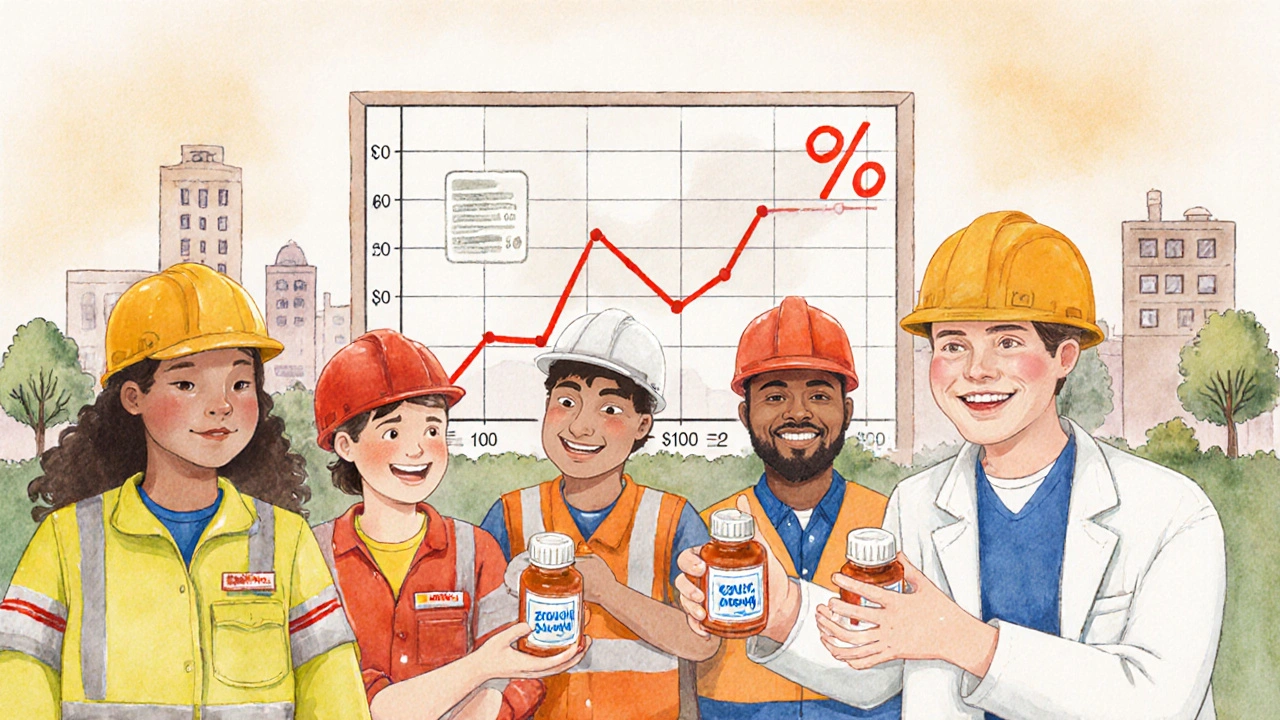
When a worker gets hurt on the job, the goal is simple: get them back on their feet as quickly and safely as possible. But behind every treatment plan is a hidden cost battle-one that’s been reshaped by generic substitution in workers’ compensation systems across the U.S. Today, more than 89% of prescriptions in workers’ comp cases are for generic drugs. That’s not a coincidence. It’s policy, economics, and clinical science working together.
Why Generic Drugs Are the Default in Workers’ Comp
Generic drugs aren’t cheaper because they’re worse. They’re cheaper because they don’t carry the marketing, R&D, or patent costs of brand-name versions. The FDA requires generics to have the same active ingredients, strength, dosage form, and bioequivalence as their brand-name counterparts. That means if you take ibuprofen from a generic bottle or a brand-name bottle, your body processes them identically. In workers’ compensation, this isn’t just a suggestion-it’s the rule in 44 states and D.C. Tennessee’s 2023 Medical Fee Schedule says it plainly: injured workers get generics unless a doctor documents medical necessity for a brand. That’s not about cutting corners. It’s about controlling costs without cutting care. The numbers speak for themselves. Between 2015 and 2023, generic drug use in workers’ comp jumped from 84.5% to 89.2%. Meanwhile, brand-name drug prices rose 65.5% over five years. Generic prices? They dropped 35%. A $100 brand-name painkiller can often be replaced with a $20 generic. That’s not a small saving-it’s a system-wide reset.How Generic Substitution Works in Practice
It’s not as simple as swapping labels. Pharmacy Benefit Managers (PBMs) like OptumRx, Express Scripts, and Prime Therapeutics manage formularies that dictate which drugs are covered and when generics must be used. These formularies are updated regularly and tied to state laws. Here’s how it plays out:- A worker injures their back and is prescribed diclofenac gel (brand name: Voltaren Gel).
- The PBM’s system flags it: a generic version exists and is approved.
- The pharmacy dispenses the generic diclofenac gel automatically.
- If the doctor believes the brand is medically necessary-say, due to an allergic reaction to an inactive ingredient-they must submit documentation justifying why.
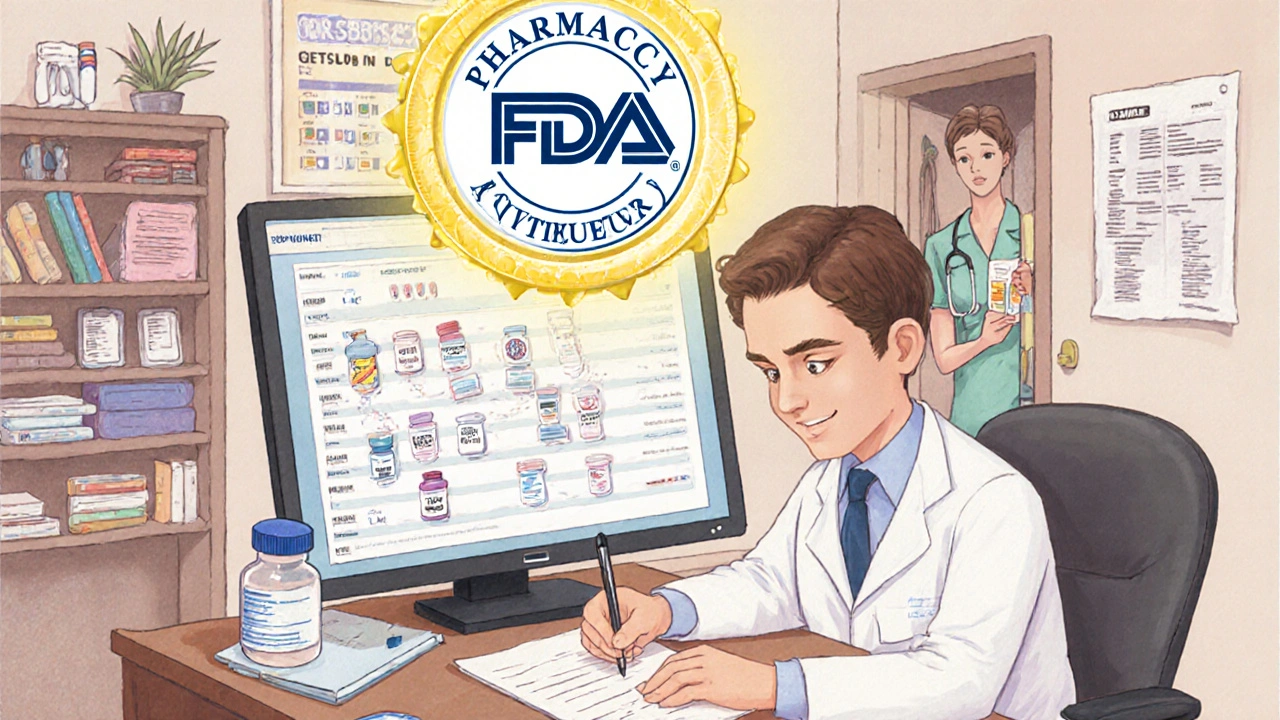
What About Safety? Are Generics Really the Same?
A lot of injured workers worry. They’ve been told for years that brand-name drugs are better. That’s a myth. The FDA’s bioequivalence standards are strict. A generic must deliver the same amount of active ingredient into the bloodstream at the same rate as the brand. If it doesn’t, it doesn’t get approved. There are exceptions-narrow therapeutic index (NTI) drugs like warfarin or levothyroxine. For these, even small differences in absorption can matter. But these drugs make up less than 2% of workers’ comp prescriptions. Even then, most NTI generics are still considered therapeutically equivalent by the FDA’s Orange Book. A 2019 survey from Reduce Your Workers’ Comp Blog found 68% of workers were skeptical of generics at first. But after using them, 82% said they worked just as well. The fear isn’t clinical-it’s cultural.Where the System Gets Messy
Despite the clear benefits, generic substitution isn’t flawless. First, there’s the administrative burden. Doctors in states without strong formularies spend extra time writing justifications for brand-name drugs. Nurses report spending 15-20 minutes per case explaining to workers why a generic is safe. That’s time that could be spent on recovery. Second, generic drug prices aren’t always low. In 2022, Enlyte’s analysis found that some generic manufacturers were engaging in anti-competitive behavior-colluding to raise prices on older drugs like doxycycline or furosemide. When only two companies make a generic, they can drive up costs. That’s not the fault of generics. It’s the fault of broken markets. Third, specialty drugs are changing the game. About 12.7% of workers’ comp pharmacy costs now come from biologics-drugs like Humira or Enbrel used for chronic pain or autoimmune conditions. Most of these have no generic equivalents yet. The first biosimilar (a type of biological generic) was approved for workers’ comp in Texas in 2022. More are coming. But for now, these drugs remain expensive and hard to substitute.

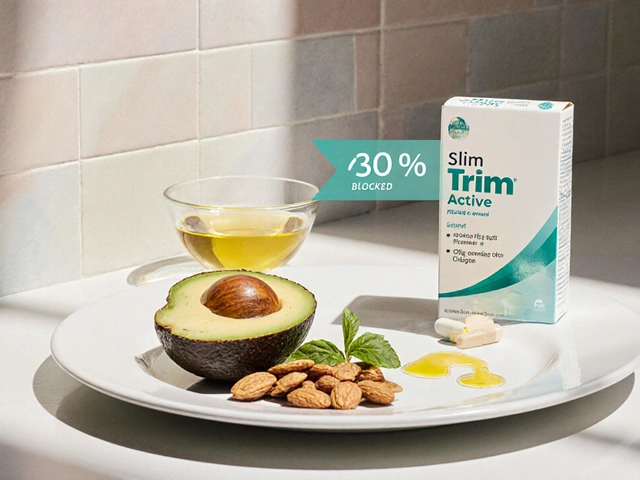
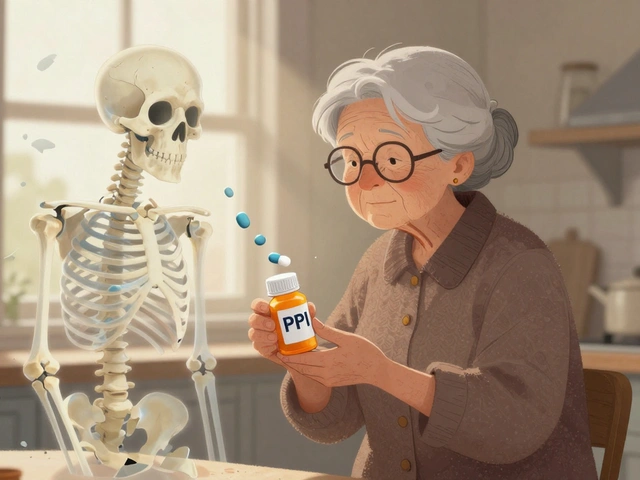

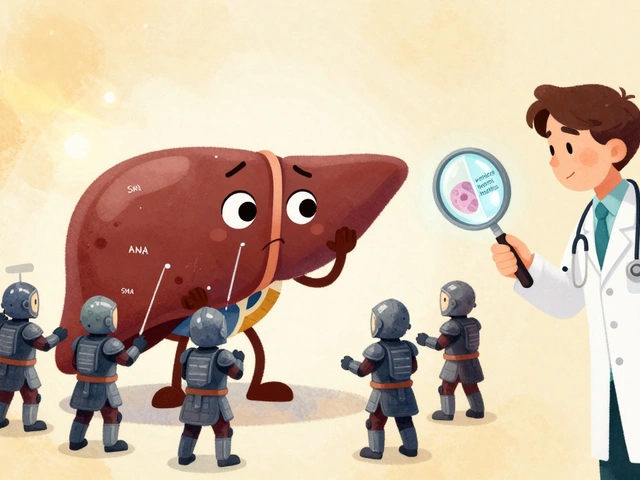


Alexander Levin
November 30, 2025 AT 17:36Ady Young
December 2, 2025 AT 14:54Travis Freeman
December 3, 2025 AT 14:53Sean Slevin
December 4, 2025 AT 17:38Chris Taylor
December 5, 2025 AT 14:41Melissa Michaels
December 6, 2025 AT 04:27Nathan Brown
December 6, 2025 AT 05:26Matthew Stanford
December 6, 2025 AT 21:08Olivia Currie
December 7, 2025 AT 12:10Curtis Ryan
December 8, 2025 AT 00:52Rajiv Vyas
December 9, 2025 AT 20:40farhiya jama
December 10, 2025 AT 09:44Astro Service
December 11, 2025 AT 15:00DENIS GOLD
December 12, 2025 AT 08:37Ifeoma Ezeokoli
December 13, 2025 AT 09:16